Nemesia: description and varieties, planting and care

The modern assortment of garden flowering crops is striking in its diversity, which allows every gardener to choose a plant for himself based on his own preferences. Among the cultures, it is worth highlighting nemesia, represented by a large number of species and varieties.

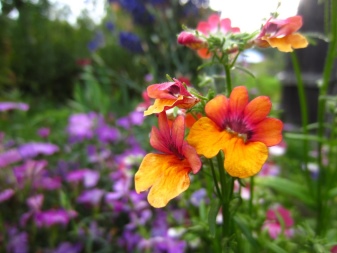
Peculiarities
The genus of the Norichnikov family is represented by a culture called nemesia, which has about 50 different species of perennial and annual grasses, as well as dwarf shrubs. According to the description, the height of such plants varies between 30-60 centimeters. The flower shoots are branched, have a tetrahedral shape with slight pubescence on the surface. In the process of growth, they acquire a curved appearance, due to the development of heavy inflorescences on the stems. The green mass of nemesia is represented by opposite leaves that have a linear or lanceolate shape. There are usually notches on the edge of the insert.
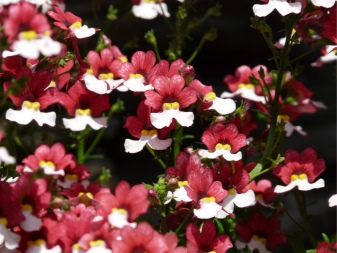

On annuals and perennials, axillary flowers can develop, which are part of the inflorescences or simply grow separately from them. The flowers of nemesia themselves contain a tubular corolla; the color of the petals is striking in its diversity. After flowering, the plant forms fruits - seeds that ripen in the seed capsule. The germination capacity of such planting material lasts for several years.
The culture can be grown as a perennial flowering plant, but in the middle latitudes, flower growers prefer to plant nemesia in the open field as an annual.
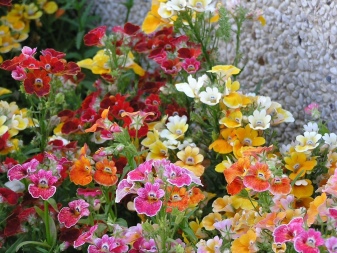
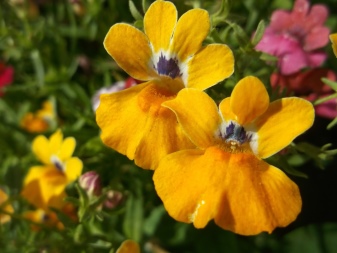
Types and varieties
Among the presented variety of plants of this genus, there are varieties recommended for cultivation in a flower bed, as well as ampelous and other crops that can be used to decorate terraces or balconies, growing at home. The most popular types and varieties of nemesia include the following.
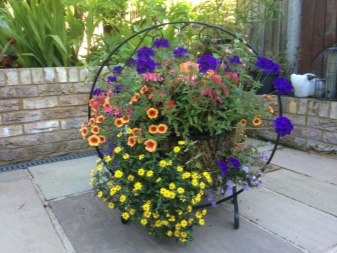
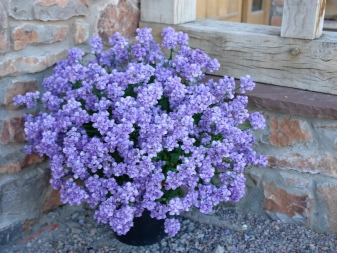
Lush
A flower, the size of which usually does not exceed 40 centimeters. At the ends of the shoots of the plant, small buds develop, the color of their petals is pale blue. Planting of this species for decorative purposes is not carried out so often, however, more and more flower growers and landscape designers are interested in the plant in the light of the decorative attractiveness of the flower.
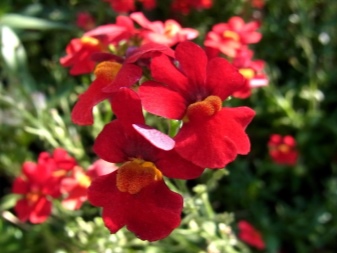
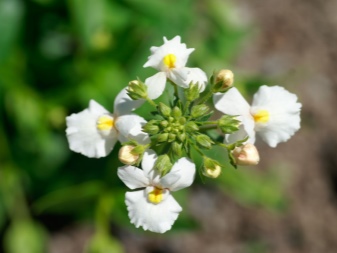
Multicolored
The culture is originally from South Africa. The flower is cultivated as an annual. Nemesia multicolored is a plant with well-branched shoots; an adult annual grows in height to 25-30 centimeters. The buds and flowers of this species are of medium size. Breeders very often use the crop to produce hybrid varieties. The most popular artificial plants are:
- "Blue Bird" - a variety blooming with bright blue flowers, decorated with yellow and white blotches;
- Edelblau - a plant with blue flowers reminiscent of forget-me-not.
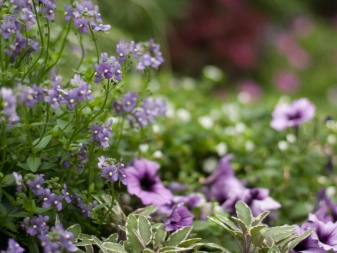

Goiter
An annual species represented by plants reaching 35-40 centimeters in size. The green mass of the culture is represented by seated lower plates and linear upper plates. The buds of nemesia goiter will have an irregular shape, the diameter in the opened state will be 2.5-3 centimeters. The pharynx of flowers is usually slightly pubescent.The color of the petals can be yellow, red, pink and orange. The plant has been cultivated by gardeners for a long time. Among the varieties of nemesia goiter, the following are especially in demand:
- "Aurora" - a flower with white inflorescences, about 30 centimeters high;
- Fanfair - a plant that blooms with cream and yellow buds;
- "Nashinel eksin" - a popular culture on which flowers with red and white petals develop.


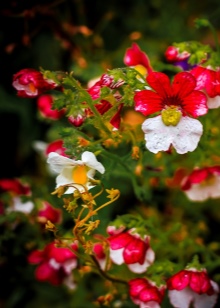
Hybrid
This species includes crops obtained by artificial means, where two species were used as mother plants - goiter and multi-colored nemesia. In most cases, flowers of this category are grown as annuals, their height can vary from 30 to 60 centimeters. The green mass is represented by elongated plates with a crenate edge. The flowers are irregular in shape, the diameter of the buds does not exceed 2 centimeters. Hybrid varieties are usually sold in stores as mix varieties that include flower seeds of varying heights.
This category includes nemesia. varieties "Triumph", when planting, flowers of different colors will develop on the site, the height of which rarely exceeds 15 centimeters.
Also in demand will be the variety mixture "Carnival", which includes plant seeds with all kinds of petal colors. The height of these crops is in the range of 18-20 centimeters.
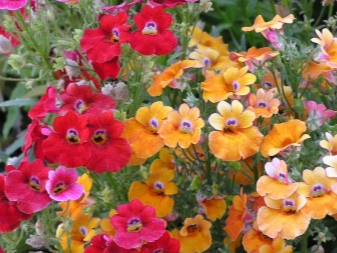
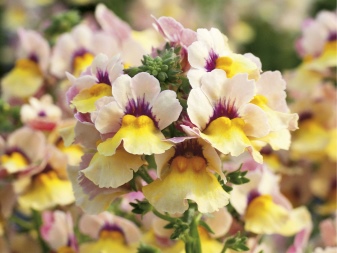
Also in the assortment of hybrid plants, the following varieties are distinguished:
- "Robe of the King" - the buds of such a culture have a blue color, long corkscrews;
- "Tumbelina" - a fairly new hybrid variety, capable of growing up to 15-20 centimeters, while lavender flowers develop on the culture, the size of which does not exceed 3 centimeters in diameter.

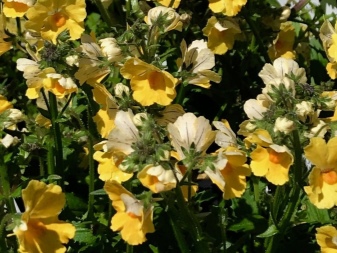
Sanzatiya
This species includes a triploid hybrid obtained by crossing several types of nemesia, represented by annuals and perennials. Among the varietal variety, ampelous varieties stand out. The color of the buds is notable for the resemblance to exotic fruits, in light of which the flowers received similar names. On sale you can see crops - "Lemon", "Mango and cranberry", "Coconut", "Blackberry", etc.
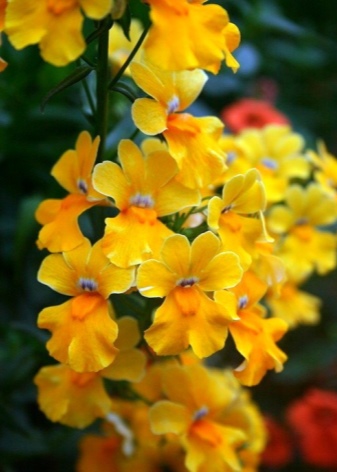
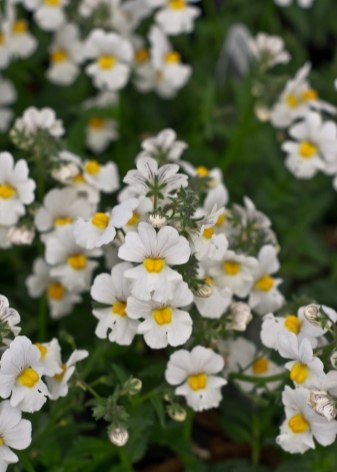
Also, among the popular varieties, it will be possible to successfully grow nemesia:
- "Poetri";
- The Merry Widow;
- Seven Haven Lavender Bicolor;
- "Foxtrot";
- Macarena;
- "Ice and flames";
- "Star Trek".

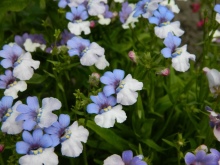
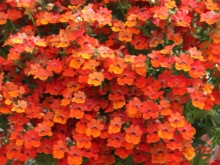
Growing seedlings
There are a number of guidelines to help growers grow nemesia from seed.
Optimal sowing time
As practice shows, acquired or self-collected planting material is most correct to sow on seedlings in spring. It is best to carry out such work in the last week of March.
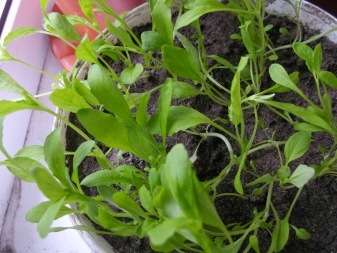
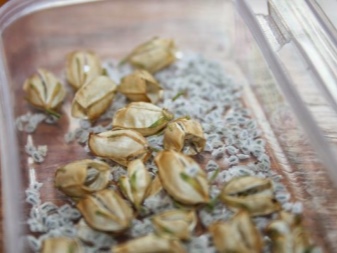
Soil preparation
To plant seedlings of an ornamental culture, it is necessary to prepare containers and soil. For planting, you can use separate containers or plant seeds in one large container. As for the choice of soil mixture, the best option for flowers will be store products recommended for flower crops. You can also prepare the substrate yourself. Sand and peat mixed in equal amounts should be used as ingredients. The top layer in the container should be snow, on which the planting material is sown.
A similar nuance is necessary in order to evenly distribute small dark-colored seeds over the surface of the soil.
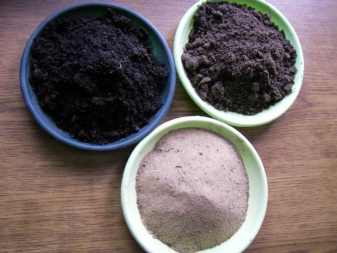
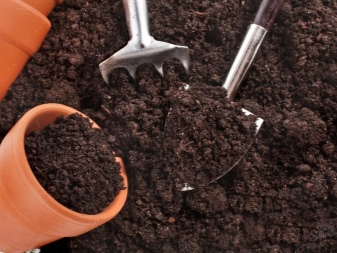
How to sow?
Sowing seeds is carried out according to the standard scheme. The selected mix or seeds of one culture are spread over the soil surface, slightly deepening. The melted snow will serve as the primary moistening of the planting material. Next, the containers with seedlings are covered with glass or film, removed to a lighted and warm place.

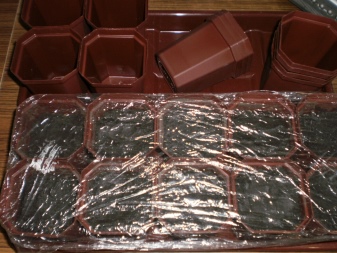
Seedling content
Seedling care consists in regular airing. Containers with seeds need to be kept at an air temperature of at least +20 degrees. As a rule, the first shoots should appear after 1.5-2 weeks. During this period, the covering material must be removed, the seedlings must be rearranged in a place where diffused lighting will prevail. It is also worth reducing the air temperature in the room to + 8C-12 degrees.
A week after the emergence of sprouts above the soil surface, young crops should be fed using complex mineral fertilizers recommended for flowering plants. Also, care will consist in loosening and regular watering.
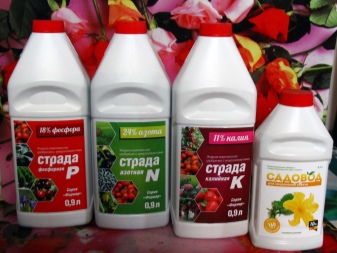
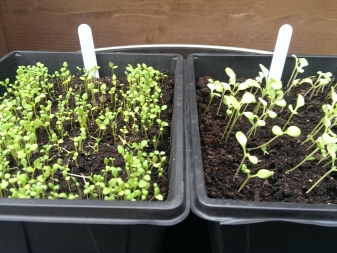
A month later, when real leaves begin to form in young crops, the florist will need to make a pick, planting them in different containers, if a group planting was originally performed. Hardening of nemesia is carried out a month and a half before the planned rooting in the open field. Young plants should be prepared for development in the fresh air gradually.
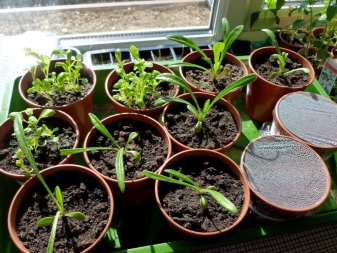

Landing in open ground
The place in the garden for nemesia should be well lit, but it is better to cover the plant from direct sunlight by shading it. If you initially choose the right area with a sufficient level of light input, then the flower will bloom more abundantly and longer. Planting on a flower bed is carried out at a time when the soil will no longer experience night spring frosts. Depending on climatic conditions, it can be May or early June.
Disembarkation takes place in small holes. It is important to take care of the drainage layer to avoid moisture stagnation. The optimal soil for growing nemesia will be slightly acidic or neutral soil. It is recommended to plant crops in the garden with a step of 10-15 centimeters from each other.
Young flowers are placed in the center of the planting pit, their root system is straightened, after which the plant must be sprinkled with earth, tamped and moistened. Transplanting into open ground is best done by the transshipment method in order to preserve an earthen ball and not damage the root system.

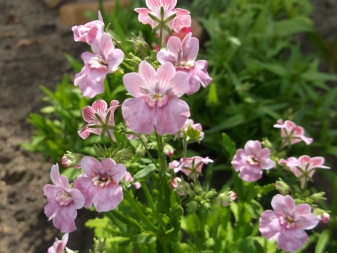
How to take care of it properly?
Agrotechnical measures related to nemesia are reduced to the implementation of the following mandatory work.
Watering
It is important to ensure that the plant in the garden does not suffer from a lack of moisture. Watering is carried out as the soil dries up, using a warm liquid. It is more correct to moisturize the flower in the morning or evening. However, excess moisture should be avoided, especially during flowering. It is recommended to use organic mulch to retain the liquid in the soil. In the fall, watering should be carried out less frequently if the crop will be grown as a perennial.
When sending it for wintering indoors, you need to use soft water at room temperature for humidification, after watering, be sure to remove excess liquid from the pan.

Top dressing
Nemesia is usually fertilized with complex compounds, which must contain potassium and fluorine, which are important for the plant in the budding phase. Nitrogen-containing formulations can lead to an active build-up of green mass, which will negatively affect flowering. Top dressing is usually carried out after planned irrigation using liquid substances.

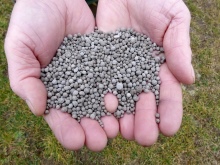

Transfer
For the sake of the correct development of the vegetative system, perennial varieties are recommended to be transplanted annually into fresh soil. Do not forget about the presence of a good drainage layer, which can be used as a broken brick. When transplanting, it is worth making sure that the root collar of the flower is located at the usual distance from the surface of the earth.
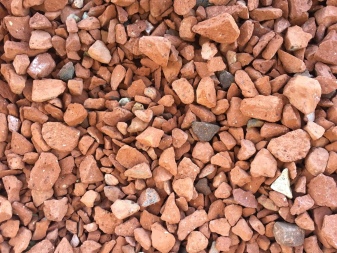
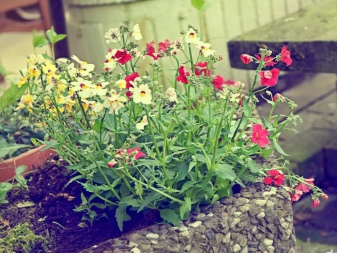
During and after flowering
After the first wave of flowering, the crop will need sanitary pruning. All wilted inflorescences are subject to removal. Such work will help the plant to form new shoots. During flowering, it is recommended to regularly loosen the soil, remove weeds. To collect seeds after flowering, you can resort to tying the crop with gauze, which will help to avoid spilling small seeds on the ground.
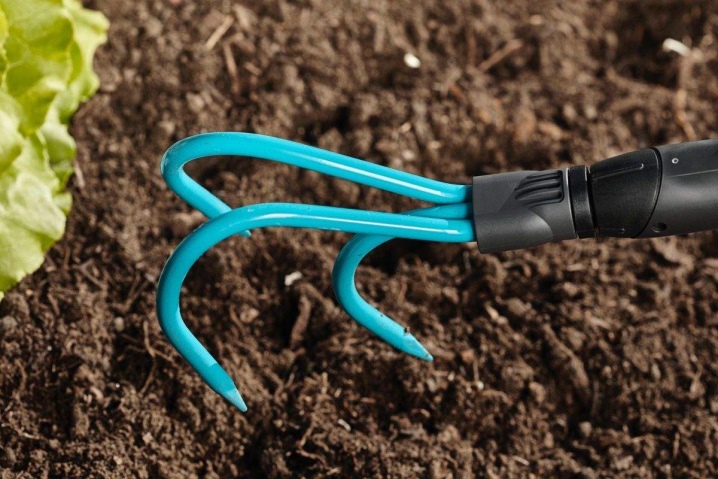
Preparing for winter and hibernation
Nemesia is very sensitive to negative temperatures, so many growers prefer to grow a flower as an annual, disposing of an old plant in the fall, and planting a young crop in the spring. However, it is quite possible to send nemesia for wintering indoors. They keep it in a room in a pot, providing a stable temperature within +18 degrees.
In winter, the flower needs to be kept calm by moisturizing the plant as needed. With the arrival of spring, the flower is transplanted back into the garden.
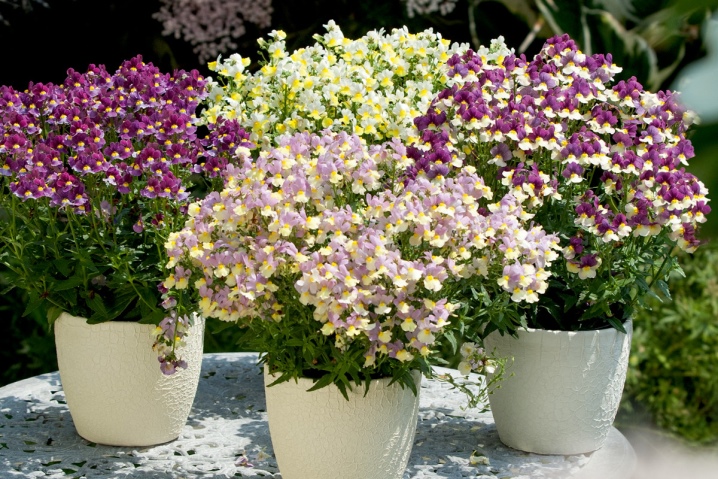
Reproduction methods
Since the culture has a rather sensitive and thin root shaft, which is easy to damage, reproduction by division of the mother bush is not performed... Also, the grower is unlikely to be able to get a new plant by cuttings, therefore grafting of nemesia is not carried out... The only way to propagate a culture involves growing a plant from seedthat you can purchase or assemble yourself. In addition to the seedling method of growing nemesia described above, seeds can also be sown directly into open ground.
However, this option can only bring results in regions with a warm climate. The sowing and care algorithm will be similar to the work when growing seedlings indoors.

Diseases and pests
Since the flower is classified as a moisture-loving plant, errors regarding an excess of moisture can cause the development of fungal ailments in nemesia. Competent agricultural technology will allow you to avoid such situations, however, when signs of disease appear, the plant will need to be treated with fungicides. As for other ailments, the plant shows good resistance to various pathogens and viruses during the cultivation process.
Among the dangerous insect pests, it is worth highlighting the spider mite. This insect appears when there is insufficient moisture. The pest feeds on the juice of the culture, which leads to bogging and dying off of its parts. Signs of a pest in the garden will be a thin spider web on the stems, as well as a fading green mass. To combat the pest, the acaricides Fitoverm, Aktellik, etc. are used. Also, to prevent the reappearance of a tick, it is necessary to normalize watering, to process crops growing nearby, since pests easily move from one plant to another.
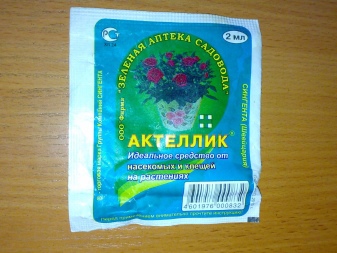
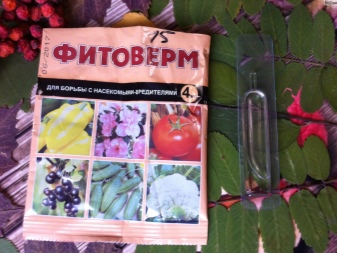
Use in landscape design
Nemesia is rightfully considered one of the most beautiful garden crops, therefore, all the available multi-colored, white species and varieties are very often present in flower arrangements, joint plantings, and single planting of a plant in flower beds or in gardens is also practiced.
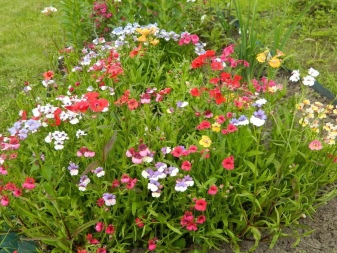
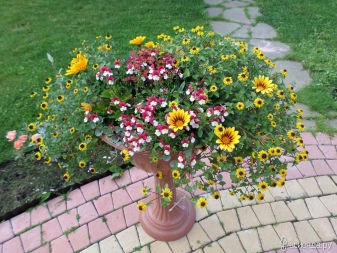
Planting nemesia of different varieties, as well as mixes from crops of different heights and colors, becomes an attractive option.
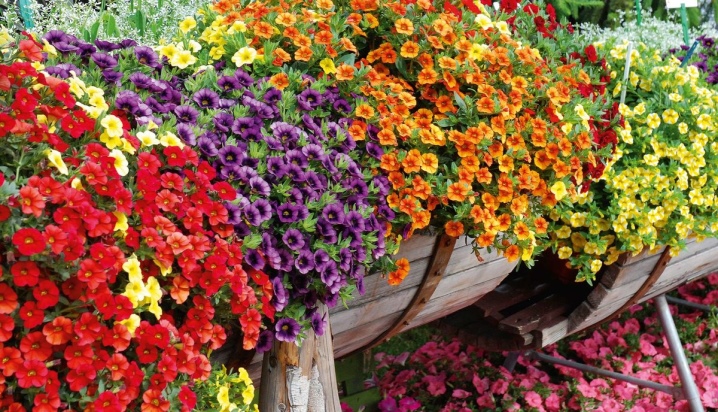
Nemesia is found on alpine slides, in flower beds and in border compositions.
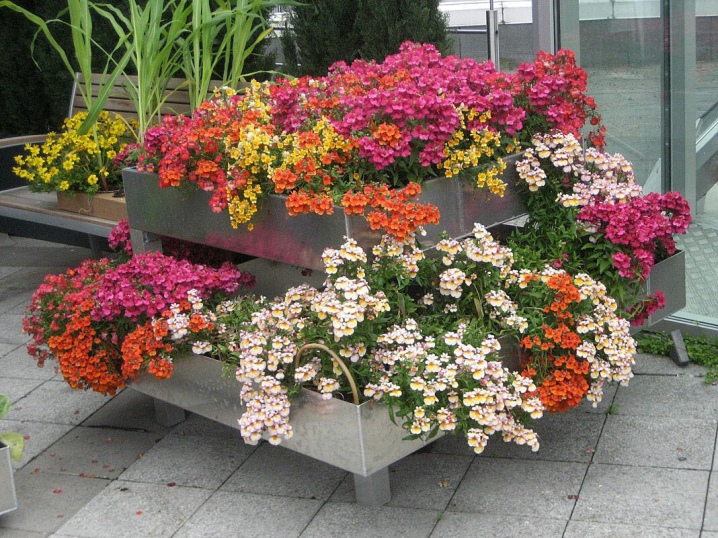
Very often, high varieties are planted in the center of a flowering lawn.
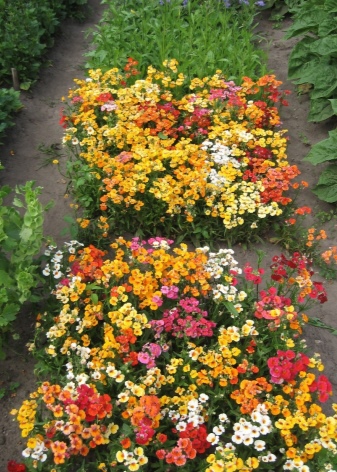
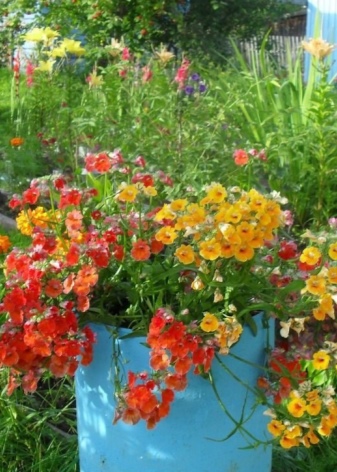
In addition, the flower can be rooted and placed in the garden in hanging pots or flowerpots. In rockeries, lush flowering nemesia bushes look very harmonious and attractive.

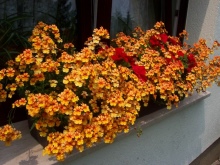
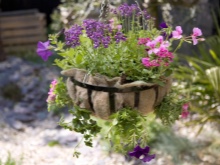
Among plants suitable for group planting, it is worth highlighting pansies, petunias, marigolds, ageratum and other medium-sized flowering garden plants.
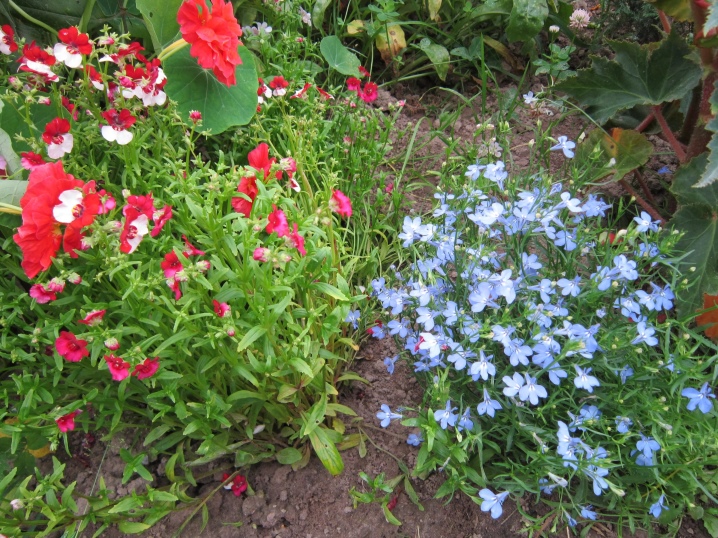
Growing nemesia seedlings in the next video.







































































































The comment was sent successfully.